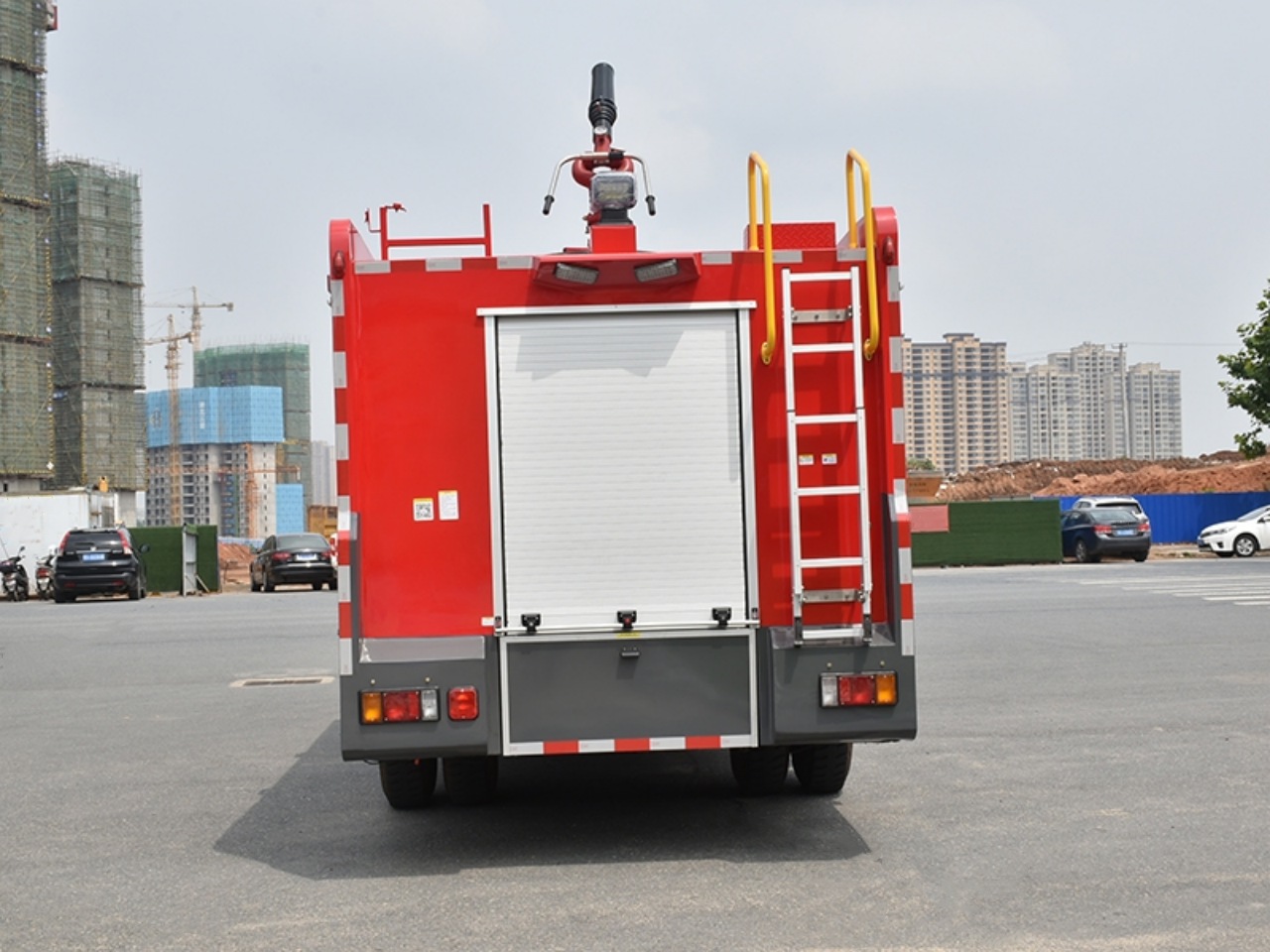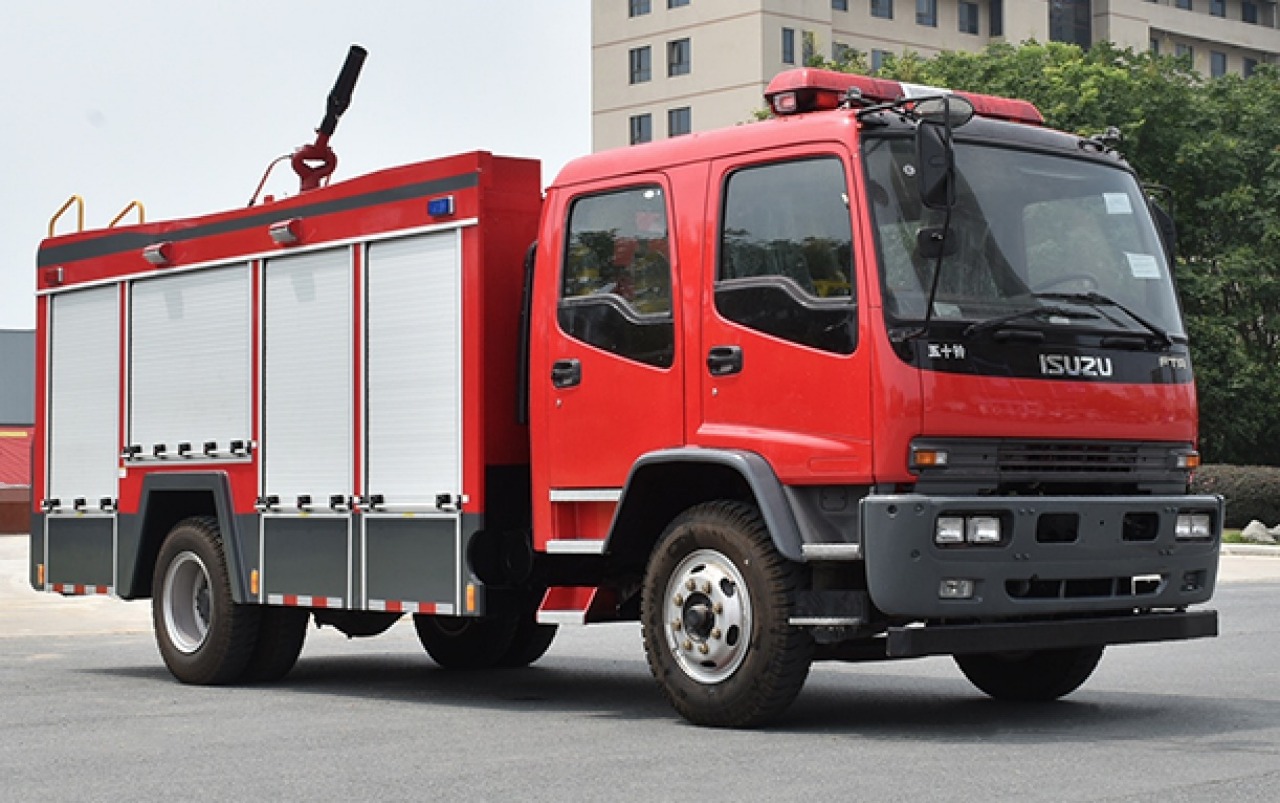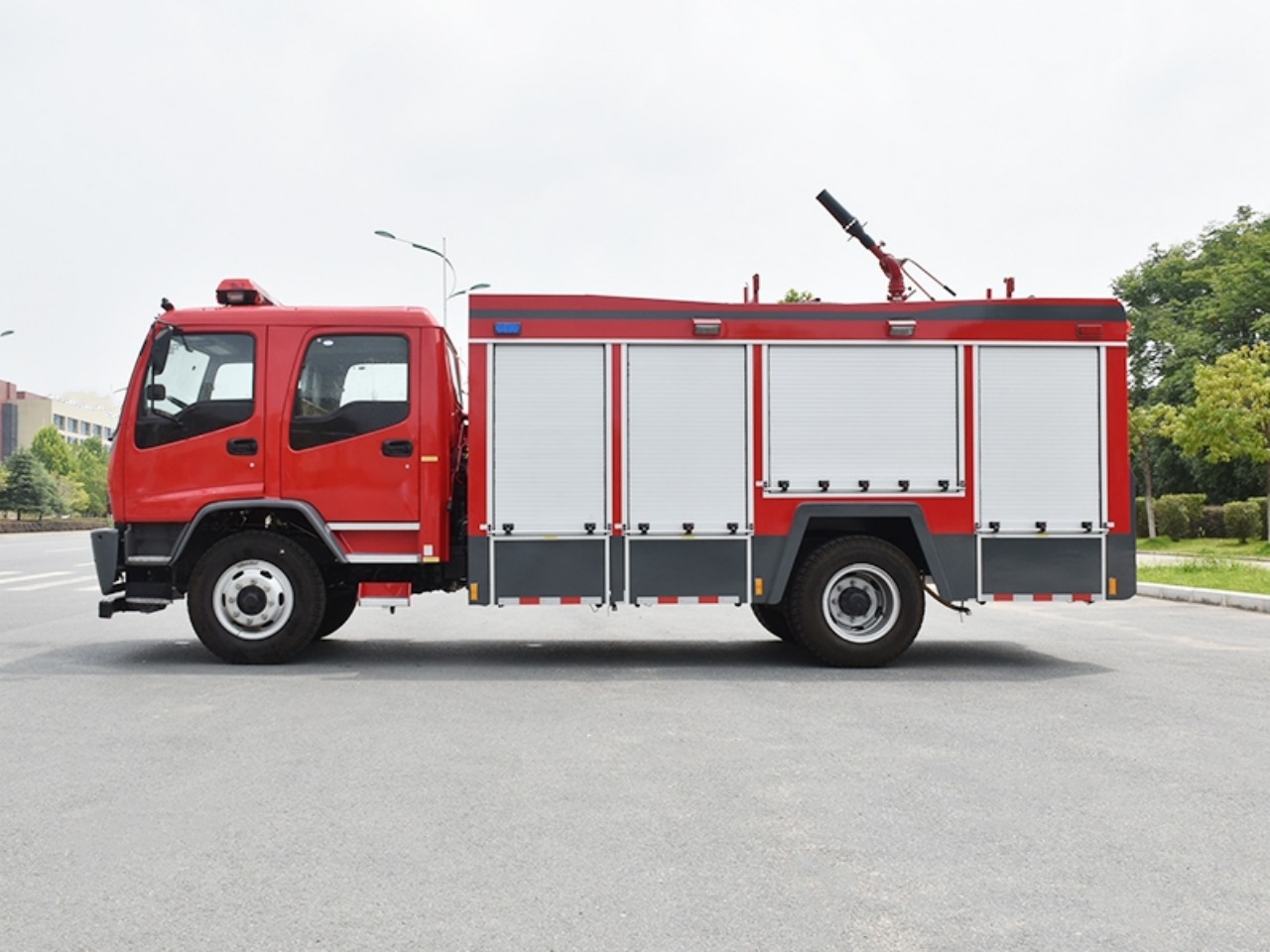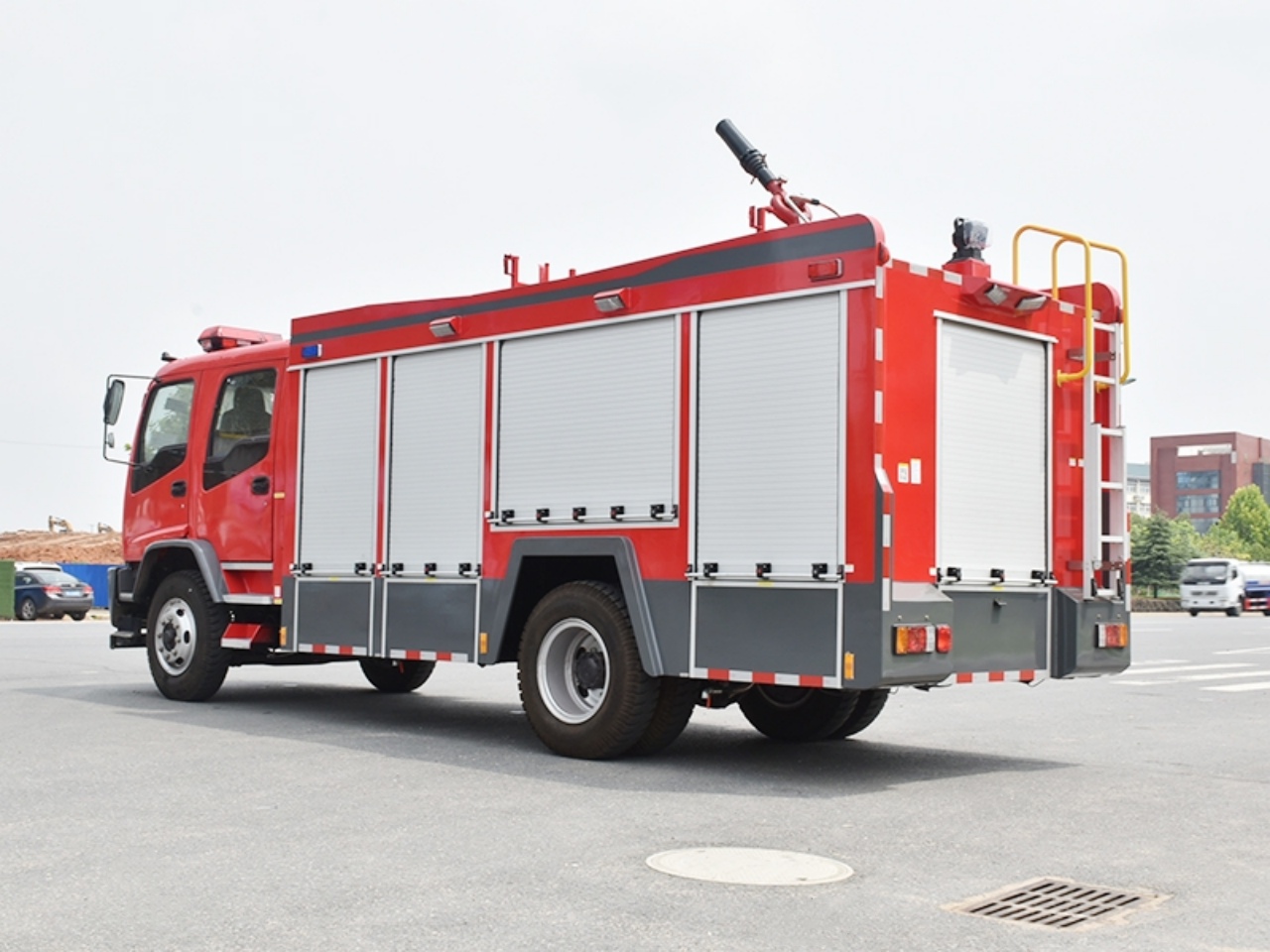Fire tenders, also known as fire engines or fire trucks, are vital emergency vehicles designed for rapid response to fires and other rescue situations. These trucks are engineered to handle various terrains and urban or rural conditions while carrying essential firefighting equipment and personnel. One crucial aspect of their design is ground clearance — the distance between the lowest point of the vehicle’s undercarriage and the ground. Understanding the minimum ground clearance of a fire tender is essential for assessing its performance, maneuverability, and operational limits in different environments.
What is Ground Clearance?
Ground clearance, also known as ride height, refers to the minimum vertical distance between the bottom of the chassis (or any fixed component underneath the vehicle) and the road surface. For fire tenders, this specification is critical because it determines how well the vehicle can traverse rough or uneven terrain without the undercarriage scraping the ground or getting damaged.
Ground clearance affects not just off-road capabilities but also the center of gravity, handling, and stability of a vehicle — all of which are significant when operating a heavy, often top-heavy vehicle like a fire truck.
Minimum Ground Clearance: A Variable Specification
There is no single, fixed ground clearance specification for all fire tenders. Instead, the value varies depending on several factors:
- Type of Fire Tender
Different types of fire tenders have different purposes and designs. Common variants include:- Water tender (for transporting large volumes of water)
- Foam tender (for flammable liquid fires)
- Ladder truck (for high-rise firefighting)
- Rescue tender (equipped for extrication and technical rescue)
- Airport crash tender (designed for high-speed response on airfields)
Each of these has different structural and functional needs, which influence ground clearance.
- Chassis Configuration
Fire tenders may be built on commercial truck chassis (such as those from MAN, Scania, Mercedes-Benz, Tata, etc.), and the chosen chassis model will have its ground clearance specifications. - Operational Environment
Urban fire trucks tend to have lower ground clearance because they operate on paved streets, while rural or off-road fire trucks require higher clearance to navigate through dirt roads, fields, or debris-strewn landscapes. - National Standards and Norms
Countries often have their specifications for firefighting equipment. For instance, the Indian Standard (IS 950:2007) specifies certain requirements for fire tenders that include ground clearance, while other countries have their own norms.
Typical Ground Clearance Ranges
Though there is variation, typical ground clearance values for fire tenders fall into a range based on the type and configuration of the truck:
| Type of Fire Tender | Typical Ground Clearance |
|---|---|
| Urban Water Tender | 230 mm to 280 mm |
| Rural Water Tender | 280 mm to 350 mm |
| Airport Crash Tender | 350 mm to 500 mm |
| Wildland Fire Truck | 400 mm to 600 mm |
In India, for example, the IS 950:2007 standard recommends a minimum ground clearance of 240 mm for medium water tenders. Similarly, large fire tenders operating in rural areas often have ground clearances ranging from 300 mm to 400 mm to ensure they can pass over obstacles like rocks, branches, or debris.
Airport fire trucks and forest fire vehicles may be equipped with specialized suspension systems and larger wheels to offer clearances of up to 500–600 mm, depending on the model.
Why Ground Clearance Matters for Fire Tenders
Ground clearance plays a critical role in the real-world functionality of a fire truck. Here’s why it’s essential:
- Off-Road Capability
Fire trucks are not limited to city streets. In many cases, especially in rural or mountainous areas, they need to reach fire scenes over unpaved roads, steep inclines, or uneven terrain. Higher ground clearance allows them to traverse these conditions without getting stuck or damaging the undercarriage. - Flooded or Debris-Laden Roads
During natural disasters such as floods, earthquakes, or landslides, fire tenders must move through obstructed or flooded areas. Higher clearance enables safer navigation in such scenarios. - Operational Safety
A fire tender with too low a clearance might scrape or snag on objects, causing damage to essential components like fuel tanks, air lines, or drive shafts, potentially compromising its operational readiness. - Vehicle Stability and Performance
While higher clearance improves off-road performance, it can also raise the vehicle’s center of gravity, which affects handling. Designers must strike a balance between clearance and stability, especially in top-heavy vehicles carrying water tanks or ladders.
Designing Fire Tenders with Adequate Clearance
Manufacturers of fire tenders work with fire departments and national regulatory bodies to ensure each truck meets the required ground clearance standards. Factors they consider include:
- Suspension system type (leaf spring, air suspension, etc.)
- Wheelbase and overhangs
- Load distribution
- Tire diameter
- Custom modifications (e.g., skid plates or lift kits for off-road models)
Many modern fire tenders also feature adjustable suspension systems that allow the vehicle to raise or lower the chassis as needed.
Conclusion
So, what is the minimum ground clearance of a fire tender? The answer depends on the type of tender, the operational context, and national specifications. However, a general guideline is:
- Urban and general-purpose fire tenders: Minimum ground clearance around 240–280 mm
- Off-road and rural fire tenders: Minimum ground clearance around 300–400 mm
- Specialized tenders (airport, wildland): May have ground clearances of 400–600 mm
Ultimately, the goal is to ensure that fire tenders are equipped to handle the environments they are deployed in — whether maneuvering through tight city alleys or powering over rugged landscapes to reach a fireline. Ground clearance, though a small part of the spec sheet, plays a big role in ensuring they can do just that.











